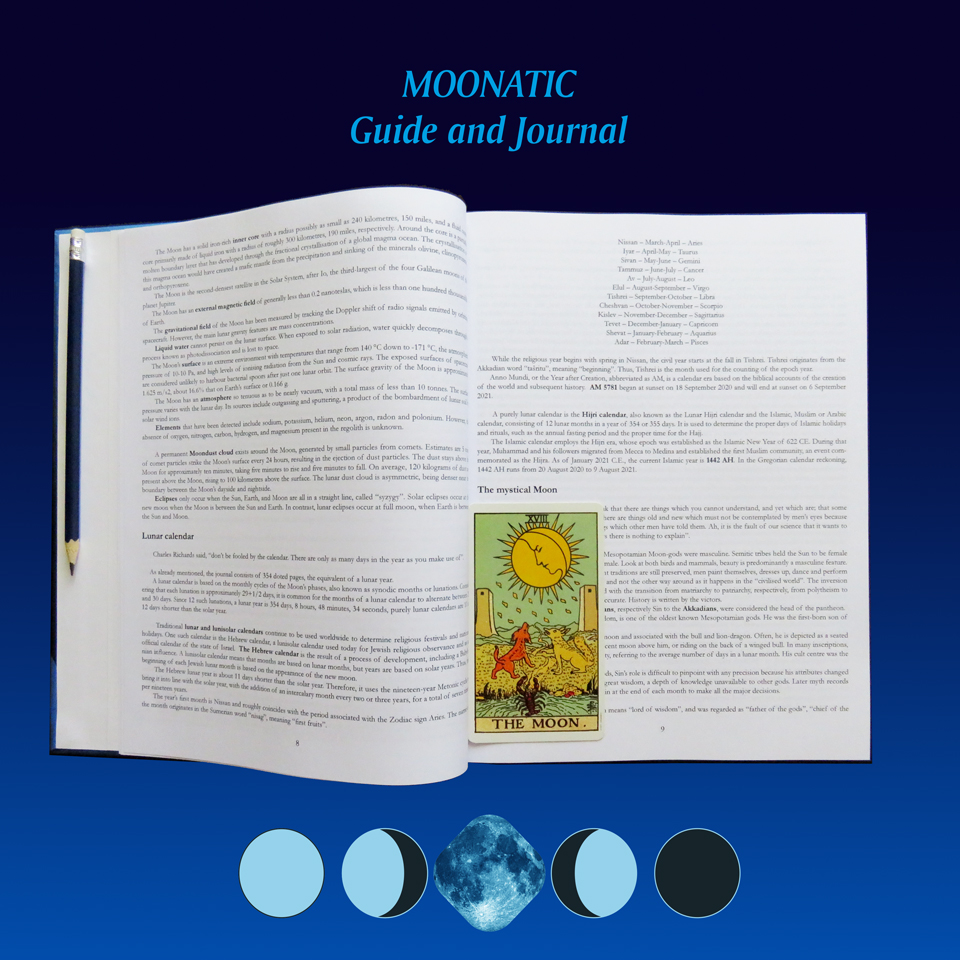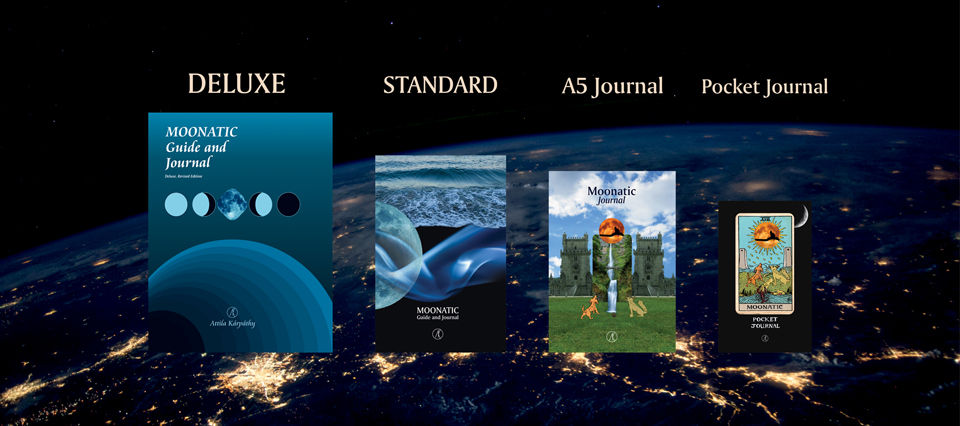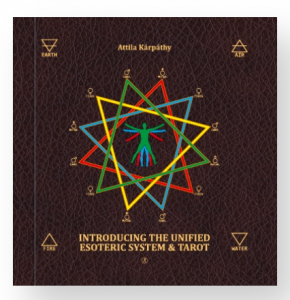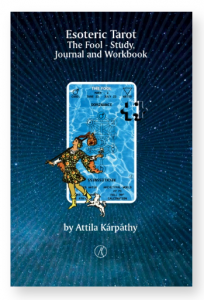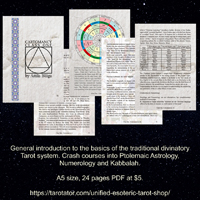Bram Stoker wrote, “Do you not think that there are things which you cannot understand, and yet which are; that some people see things that others cannot? But there are things old and new which must not be contemplated by men’s eyes because they know -or think they know- some things which other men have told them. Ah, it is the fault of our science that it wants to explain all; and if it explains not, then it says there is nothing to explain”.
Very few people are aware that the ancient Mesopotamian Moon-gods were masculine. Semitic tribes held the Sun to be female and considering the Moon and Venus to be male. Look at both birds and mammals, beauty is predominantly a masculine feature. In primitive, isolated tribes where the ancient traditions are still preserved, men paint themselves, dresses up, dance and perform rituals to attract women, just like in nature, and not the other way around as it happens in the “civilised world”. The inversion of values, standards and attributes occurred with the transition from matriarchy to patriarchy, respectively, from polytheism to monotheism. What we learn is not always accurate. History is written by the victors.
The Moon-god, Nanna to the Sumerians, respectively Sin to the Akkadians, were considered the head of the pantheon.
Nanna, the god of the Moon and wisdom, is one of the oldest known Mesopotamian gods. He was the first-born son of Enlil and Ninlil.
Nanna is represented as a recumbent moon and associated with the bull and lion-dragon. Often, he is depicted as a seated man with a long beard of lapis lazuli, a crescent moon above him, or riding on the back of a winged bull. In many inscriptions, he is represented simply by the number thirty, referring to the average number of days in a lunar month. His cult centre was the great temple at Ur.
As so often happens with the ancient gods, Sin’s role is difficult to pinpoint with any precision because his attributes changed over time. In Ashurbanipal’s time, Sin had great wisdom, a depth of knowledge unavailable to other gods. Later myth records that all gods would gather to consult with Sin at the end of each month to make all the major decisions. Sin is often designated as En-zu, which means “lord of wisdom”, and was regarded as “father of the gods”, “chief of the gods”, “source of all things”.
Sin, the good old Moon, was the “blue beard” Father of Time. Sin ruled over both time and the calendar. His symbol, carved upon most of the statues of the kings, was the lunar crescent. His importance transcended into the Mesopotamian astrological tradition. Of the sixty-eight or seventy tablets in the Enuma Anu Enlil series, the oldest astrological records preserved, the first twenty-two is dedicated to lunar omens.
Deriving omens from the Moon was a highly complex task. The day of appearance, the weather, the shape of its crescent were all significant. The fourfold divisions of the lunar month gave birth to a system of holy days. These, with one exception, lay at regular seven-day intervals. Thus, the seventh, fourteenth, the irregular nineteenth, twenty-first, and twenty-eighth days were considered sacred, favourable or potentially dangerous. The fourteenth day, the day of the full moon was named Shabattu and was thought of greater importance, celebrated with rejoicing and prayers. The name is at the origin of the Hebrew word Shabbat which has its English correspondence in Sabbath. Shabbat is Judaism’s day of rest on the seventh day of the week, respectively Saturday. Some scholars have suggested that the worship of Sin remained deeply entrenched in the ancient Israelites, and his cult was the original inspiration for the Hebrew religion. Furthermore, according to the book of Exodus in the Torah, the Ten Commandments were revealed to Moses at Mount Sinai, which is speculated to be “the Mount of Sin”. Also, the book of Genesis records that Terah, father of the patriarch Abraham, left his home town, Ur, in its journey to Canaan, but reaching the city of Harran, he settled there.
The two chief seats of Sin’s worship were Ur in the south of Mesopotamia and Harran in the north. Nanna’s principal sanctuary at Ur was named E-gish-shir-gal, meaning the “house of the great light”, and Sin’s sanctuary at Harran was called E-hul-hul, the “house of joys”. There was a later tendency in the cult of Sin, especially at Harran, to make him the head of the pantheon, showing the signs of developing a primitive form of monotheism.
It is unclear when and how the Father of Time was transformed into a fertility goddess. Most likely, it happened as a result of the rise to fame of Marduk. The young favourite, Marduk, overthrew the Mother goddess Tiamat and took over the head of the gods from Sin. Still, Sin’s cult, especially in Harran, over lasted the downfall of Babylon, and his last standing temple was destroyed in 1032 by the Muslims.
The use of a lunar calendar and the prevalence of crescent moon imagery in Islam generated speculations regarding the Moon-god nature of Allah, the name of God in Islam – an idea which is firmly rejected by Muslims and labelled as being an insult. Still, these Abrahamic, patriarchal, monotheist – perhaps, moonotheist? – religions seem to have strong ties back to the cult of Sin, and we cannot rule out that they might be a concealed, going underground and rebranded form of Moon worshipping.
The Semitic mythology abounds in various Moon-gods other than Sin. Aglibol is a Syrian Moon-god who was worshipped in the ancient Syrian city of Palmyra as part of a trinity alongside Bel and Yarhibol. Baʿal Ḥammon, the Carthage chief god, was depicted as a bearded older man with curling ram’s horns, esteemed as King of the Gods, resemblances and attributes similar to Sin. Ta’lab was a Moon-god and protector of pastures worshipped in ancient Yemen. Yarikh is a Moon-god in Canaanite religion whose title was “illuminator of the heavens”, and Jericho was the centre of his worship.
Egyptians have several Moon-gods and goddesses of their own.
While in modern times, Thoth is often associated with Mercury, he was originally a Moon-god. Like Sin, Thoth was associated with wisdom, the measurement of time, and credits with the creation of the 365-day calendar. Allegedly, he was also the inventor of hieroglyphs and writing, but also responsible for Magick. Thoth was usually depicted with the head of an ibis, possibly because the Egyptians saw the ibis’ beak curve as a symbol of the crescent moon. Other depictions show Thoth as a baboon holding up a crescent moon. His major cult centre was in Middle Egypt at modern el-Ashmunein.
Similarly, Isis is often regarded as a Moon-goddesses, although her rite and attributes changed over time, as Isis absorbed traits from many other goddesses. Generally, she was worshipped as a Goddess of immense magical power and symbolic mother of the king. In this aspect, the goddess was regarded as the vital link between deities and royalty since the king was the living Horus on the throne of Egypt. In the Pyramid Texts, the ruler drinks divine milk from the breasts of his mother, Isis. It can be the origin of the myth of “Mother’s milk”. She was considered the goddess of the sea, protector of the sailors and the inventor of marriage. Isis is Osiris’s wife as well as his sister and his queen. Her triple role developed into the concept known as a triunity, meaning three distinct aspects or figures united in one being. These are often described as the Maiden, the Mother, and the Crone, each symbolising a separate stage in the female life cycle and a phase of the Moon. The Maiden was associated with the waxing Moon, and in the later Greek mythology with Artemis, the full moon was the mother associated with Selene and the waning moon with Hecate.
After Set killed Osiris, using Magickal spells, Isis brings Osiris back to life and copulates with him, conceiving Horus. It is a thrilling tale of Magick, grief, desire, sex and, ultimately, revenge.
Khonsu is the ancient Egyptian god of the Moon. His name means “wanderer” or “traveller”, reflecting the Moon’s path across the sky. Most frequently shown human-headed, Khonsu as a sky-deity can have a hawk’s head. On his head is the crescent of the new moon in which the circle of the full moon rests. As a Moon-god, his sacred animal is the baboon, considered a lunar creature by the Egyptians.
Iah is a Moon-god and, interestingly, in its earliest attestations, refers to the Moon as Earth’s satellite.
Moving Northward and ahead in time, the central goddess of the Moon in Greek mythology is Selene. Daughter of the Titans Hyperion and Theia and sister of the sun god Helios and Eos, Selene is an early Greek personification of the Moon. Diodorus of Siculus’s Library of History relates that the Titans murdered Hyperion and Helios, after which Selene, who dearly loved her brother, killed herself in grief. Helios and Selene were afterwards made into immortal celestial beings, the Sun and the Moon. Her Roman equivalent is Luna.
Artemis is the goddess of the hunt and the Moon, the daughter of Leto and Zeus, and the twin sister of Apollo. Artemis is the goddess of the Moon, the hunt, the wilderness, wild animals, and chastity. Artemis’s domain is the woods, particularly Arcadia, where she is both protector and huntress of animals. The goddess Diana is her Roman equivalent.
Hecate, daughter of the Titans Asteria and Perses, is the goddess of magic and prosperity, the underworld, graves, boundaries, crossroads, witchcraft, and ghosts, associated with Artemis, Demeter, and Persephone. She is often described as triple-formed or triple-faced.
Phoebe was one of the first generations of Titans, the daughters of Uranus and Gaia, the grandmother of the sun god Apollo and the moon goddess Artemis.
Máni is the personification of the Moon in Norse mythology, the brother of the Sun, Sól or Sunna. Unlike the Greek and Roman mythological figures, which are all Moon-goddesses, Máni is a masculine Moon-god like the Babylonian Sin. The word “máni” is a masculine noun. Máni is the giant son of Mundilfari. Máni had guided the course of the Moon and ruled the new moon and the last quarter. When he crosses through the sky, he is pursued by the wolf Hati who is also called “Moon-devourer”.
Moon gods and goddesses can be found in many cultures all over the world. Just to mention a few, Changxi is a lunar goddess worshipped in China. Chandra, also known as Soma, is the Hindu god of the Moon and is associated with the night, plants and vegetation. In the Vedas, the word Soma is used for an intoxicating plant drink and the deity representing it. Tsukuyomi-no-Mikoto is the Moon-god in Japanese mythology and the Shinto religion. Coyolxāuhqui is the Aztec goddess of the Moon. In Incan mythology, we have Mama Killa, the “Mother Moon”. Bahloo is Moon man in Australian Aboriginal mythology. Mayari is the one-eyed lunar deity of mythology in the Philippines, who embodies beauty and strength and rules over the night.
In Old English, the word “werwulf” meant “man-wolf”. In folklore, a werewolf is a human with the ability to shapeshift into a wolf, the transformations occurring on the night of a full moon. The werewolf is a widespread concept in European folklore, developed during the medieval period. From the early modern period, werewolf beliefs also spread to the New World with colonialism. Belief in werewolves developed in parallel to the belief in witches. Therefore, the persecution of werewolves and the associated folklore is an integral part of the “witch-hunt” phenomenon.
In 1589, German farmer Peter Stumpp had one of the most sinister and famous werewolf trials in history. Known as “the Werewolf of Bedburg”, he was accused of serial killing, werewolfery, witchcraft and cannibalism. After being stretched on a rack, he confessed to having practised black magic since he was twelve years old. He claimed that the Devil had given him a magical belt or girdle, which enabled him to metamorphose into a wolf. Being threatened with further torture, he confessed to killing and eating fourteen children, two pregnant women. Stumpp was brutally executed on 31 October 1589, alongside his daughter Sybil and mistress, Katherine.
Excerpt from the book “Moonatic Guide and Journal”.
Moonatic Guide and Journal is available now exclusively at www.lulu.com
#moon #book #journal #diary #workbook #notebook #lulu #giftideas #tarot #alchemy #astrology #psychology #therapy #selfdevelopment

